Chapter 2
Grabbing the Attention of Your Customer
IN THIS CHAPTER
 Looking at the “attention web”
Looking at the “attention web”
 Changing the way we measure attention
Changing the way we measure attention
 Making content easier to consume
Making content easier to consume
 Using interactive content
Using interactive content
Do you know the thing that all marketers desperately want? It’s customers’ attention — to what they have to say and sell. Since the advent of the “always on” culture, the competition for attention has been fierce. In fact, most of the content created by companies is never seen by its prospects.
It wasn’t always hard to get people’s attention. In the previous century, when you wanted to get a customer’s attention, you would send him your marketing material and give him a call. The prospect was usually receptive because you were the keeper of all product information. Those days, however, are over.
But conversations do help develop relationships, and relationships help you get and keep your customer’s attention. So what can you do to compete with other producers for consumers’ attention? There is no shortage of content from your competitors that identifies each one of them as the one to choose. Your content probably does the same. How do consumers decide?
In this chapter, you look at how getting prospects’ attention involves developing the kinds of conversations that help your prospects say yes to you. You may or may not have the opportunity to meet your customers face to face, but you must engage them with quality content that addresses their needs and provides valuable information.
Focusing on Attention
Unsurprisingly, technology has negatively impacted attention span. The Statistic Brain Institute defines attention span as “the amount of concentrated time on a task without becoming distracted” and reports that attention span in 2000 was 12 seconds but has currently gone down to 8.25 seconds.
The Statistic Brain Institute also reports that an office worker checks her email approximately thirty times per hour. That’s a shocking statistic if you multiply that by an 8-hour day. Two hundred and forty times a day!
Seeking the “attention web”
So why should the attention span and distractibility of the average customer matter to you as a digital marketer? Obviously, it matters because you want to get your prospect’s attention, and doing so becomes more difficult with each passing day. In addition, what marketers have come to believe about engagement metrics (that they consist of measures like page views or clicks) may not be true. That’s why marketers started to consider whether the time people spend engaging with content or the scrolling they do might be better ways to measure their interest. This led to what is called the “attention web” movement that involves selling ads based on attention measures rather than sheer numbers (of clicks, for example).
An article on Time.com looks at the myths poeple hold about how they consume online content. Authored by Tony Haile, formerly CEO of Cheatbeat (http://Chartbeat.com), it’s called “What You Think You Know About the Web Is Wrong” (http://time.com/12933/what-you-think-you-know-about-the-web-is-wrong; see Figure 2-1).
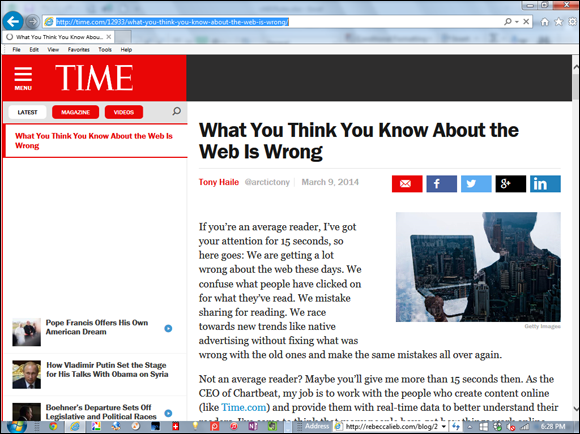
FIGURE 2-1: Time.com.
Haile derived his findings based on an investigation Chartbeat conducted by reviewing 580,000 online articles. Central to Haile’s argument is that fact that using the click as the most important measure of attention is flawed. Following are two of the four myths he presented:
- Myth: We read what we’ve clicked. This seems like a common sense assumption, but it may not be true. You assume that the reader clicks the article with the intention of reading it. This may be true, but it doesn’t necessarily mean that the reader actually spends time reading that article. She may glance at it and move on. The content marketer rejoices in the number of clicks he gets, but the reader may actually make no connection with the brand. The content marketer then creates more content just like it in the mistaken belief that his reader was engaged. You can see how this would negatively impact your entire content program.
- Myth: The more we share, the more we read. You would expect that a person would share only an article that he found compelling. This is another fallacy. People share for all kinds of reasons. Haile found no correlation between the amount of time spent with an article and its number of shares, once again shattering the assumption that such articles have hit their target. It may be more likely that people share articles based on their headlines and source. From these factors, they make a guess about how pertinent the content is to their audience.
You probably find this information disheartening, as most serious content marketers do. So what can you do to deal with audience members with short attention spans? Tonya Wells provides some suggestions in her article “Micro Content: Capturing Readers with Short Attention Spans” on the Infographic World blog (http://infographicworld.com/blogs/micro-content-capturing-readers-with-short-attention-spans/; see Figure 2-2), a graphic design firm.
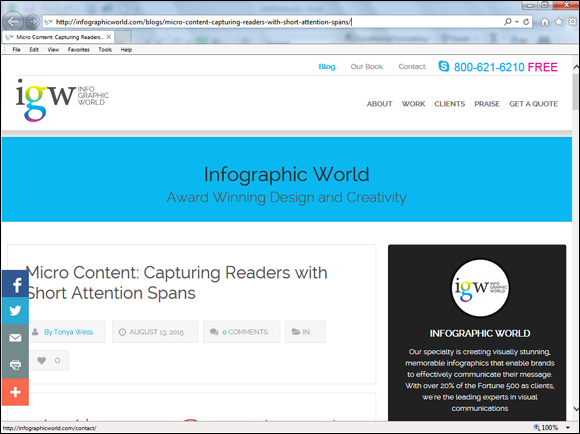
FIGURE 2-2: An Infographic World article about short attention spans.
Wells suggests using the following:
- Mini-graphics: These would be graphics that focus on only a piece of data rather than present a long infographic. This approach has value because it uses a visual to capture attention but doesn’t make the reader spend a long time figuring it out.
- Short lists: A short list appeals to someone who is on the go. You impart information in small chunks, like a bite-sized snack.
- How-to articles: Again, you can see how to make this format work for a reader with a short attention span. You can do what you did with the mini-graphic and focus on learning how to do one thing.
- Tips and tricks: This is a popular format for all audiences. By limiting the content to a few items, you have captured attention but not slowed down your reader.
- Frequently asked questions (FAQs): Keep them short and answer one specific question in each one. That way, you help readers make progress and don’t slow them down with fluff.
- Social media posts: By definition, some of these posts should be short and to the point. Don’t miss an opportunity to write short content that links to a longer form post if the reader is interested.
Aside from specifically developing content for short attention spans, marketers and researchers have been looking for ways to improve their metrics so that they can gauge true reader interest. One example of this effort is the work of Christoph C. Cemper, the CEO of Impactana http://impactana.com, shown in Figure 2-3. Impactana version 2 is a software tool that measures buzz versus impact.
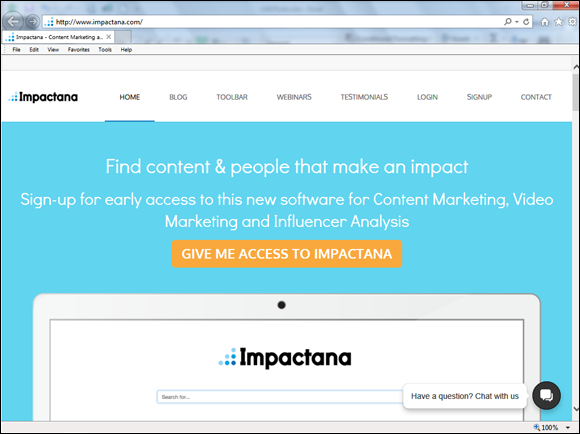
FIGURE 2-3: Impactana.
Cemper explains his approach to buzz versus impact in his article on the Marketing Land blog, as shown in Figure 2-4 (http://marketingland.com/measuring-real-impact-content-marketing-131823).
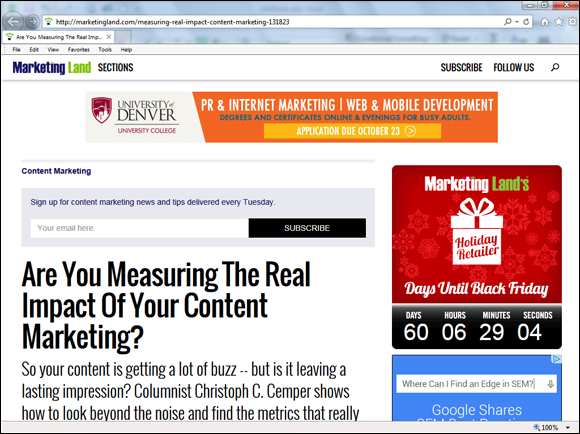
FIGURE 2-4: Marketing Land.
Cemper says that each marketer should ask herself, “Did our content resonate with the audience?” This is exactly the question content marketers must ask to ensure that their content strategy is hitting the mark. Here’s the difference between buzz and impact:
- Buzz: Buzz is something that all content marketers like to have. It highlights their brand and gets the attention of their peers. It clearly has value. But if you’re looking for true engagement, you need to go further than likes and retweets.
- Impact: Impact is measured by the amount of attention your reader gives your content. For example, comments on a blog post or downloads of content signal real interest. That’s because the reader stopped to write something in relation to the content or downloaded content that he wanted to look at later.
Cemper’s prescription is to evaluate these concepts on a matrix, as shown in Figure 2-5. The original matrix can be seen on the article on Marketing Land (see Figure 2-4). The matrix shows that you obviously want to aim for both high buzz and high impact, but that average buzz can still be valuable if you have high impact.
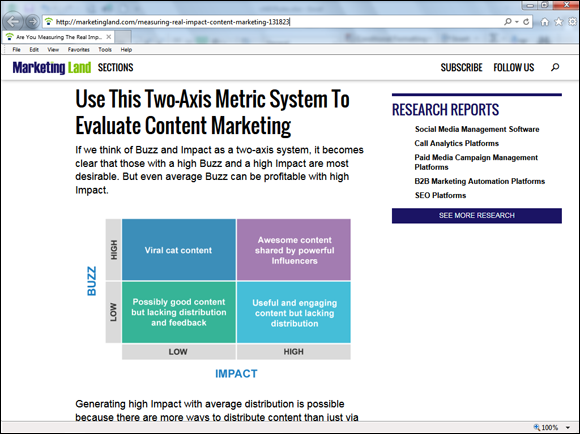
FIGURE 2-5: Matrix of Christoph C. Cemper explaining buzz vs. impact.
Looking at attention triggers
Although some may treat attention as an unknowable commodity, there are actually codified ways to capture it. In his book Captivology: The Science of Capturing People’s Attention (HarperOne, 2015), Ben Parr, former Mashable editor, details seven triggers that you can employ to get attention.
These triggers have been drawn from the fields of psychology and neuroscience and help you understand how and why people pay attention (sometimes without a conscious thought).
The triggers are
- “Automaticity”: This trigger relies on the automatic response people have to sensory cues, such as color.
- Framing: This trigger gets people to pay attention by challenging their world view. This means that when you present something in a way that is unexpected or doesn’t match people’s understanding, you get their attention. You have framed the problem in a way that doesn’t match their understanding.
- Disruption: When you use the disruption trigger, you upset a person’s expectations, which causes them to pay attention.
- Reward: By using the reward trigger, you tap into the inherent desire people have for rewards.
- Reputation: This trigger relies on the fact that people believe the words of experts and will give them their attention.
- Mystery: When people are unsure about what will happen or they don’t understand something, they pay attention until they get an answer.
- Acknowledgement: People freely give their attention to those who nurture and support them.
In looking at this list, you probably think that getting attention is less mysterious than you thought. The problem you have when creating content is the fact that you have to know your audience well enough to know what constitutes a trigger. Table 2-1 lists questions you can ask yourself to determine the triggers for your audience.
TABLE 2-1 Parr’s Captivology Triggers
|
Trigger |
Some Questions to Ask |
|
“Automacity” |
Are there specific senses related to your persona that you want to tap into, such as school colors or songs? |
|
Framing |
How can you change your personas’ view to convince them that you are the only right choice to solve their problem? |
|
Disruption |
Can you challenge expectations? Shatter some myths? |
|
Reward |
What constitutes a real reward for your personas? For example, perhaps you can offer access to your new product in advance instead of a discount. |
|
Reputation |
Have you done your homework on influencers? (See Book 6 for more about influencers.) If so, you will know who your personas take advice from. |
|
Mystery |
Can you develop a series of stories about your topic that will keep personas coming back for more? |
|
Acknowledgement |
Can you provide valuable customer service that goes beyond the expected? |
If you have completed the development of your personas (see Book 2, Chapter 2), you will be able to ask yourself specific questions directed at each one.
Using these triggers as the basis for your content should help you get more attention for your brand. Give this list of questions to your teams to help guide them.
Making Your Content Easy to Consume
Do you want to help readers consume your content? Then make it easy! Readers give up in frustration when an article isn’t readable. Readability isn’t just about the logical sequence or writing style, but rather to the design elements. If your article font is too small or lacks skimmable headings, you’re sending your reader away.
Reading in patterns
A good starting point for making your content alluring to readers is to understand how people read. Eye-tracking studies have determined that people use two eye patterns when viewing content, as follows:
- The Z pattern: Picture a Z. Using this pattern, readers’ eyes move from left to right and then down, and then left to right again.
-
The F pattern: Using an F pattern, readers’ eyes move left to right, and then back moving from right to left, and then right, and then down. Both patterns are shown in Figure 2-6.
You can find the original images at Smashing magazine (
https://www.smashingmagazine.com/2015/04/design-principles-compositional-flow-and-rhythm/).To further clarify, three versions of the F pattern as heat maps are shown in Figure 2-7. The originals can be seen at
http://www.nngroup.com/articles/f-shaped-pattern-reading-web-content/.

FIGURE 2-6: The F and Z patterns.
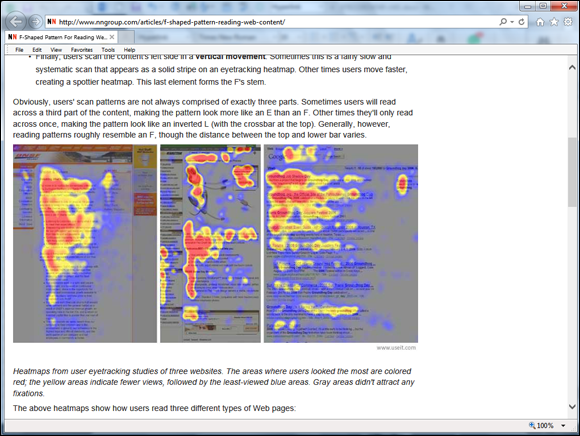
FIGURE 2-7: The F pattern on a heat map from the Nielsen Norman Group.
When you’re composing your blog posts and web pages, it’s helpful to know how readers will be scanning your content. Using either an F or Z pattern, you know they will start at the top and read the headline. Then their eyes will scan down and across in some fashion. Put the most important content in the area of the page where you know they will look first.
Instead of trying to force your readers to read every word, facilitate their need for speed. Your readers aren’t likely to spend a long time poring over your articles. According to the Nielsen Norman Group, they’ll read about 27 percent of the words on a page. Therefore, one of your jobs as a content marketer is to make your articles easy to skim.
Considering design elements and typography
This chapter focuses on holding your reader’s attention by using good design. So what are some things you can do to help your readers focus their attention? Consider using the following:
- Headings and subheadings: You want to make it easy to read your headline. (For more on the importance of headlines and tools you can use to improve them, see Book 3, Chapter 4.) But after your readers’ eyes move from the headline, they’re going to be skimming your headings and subheadings. If you leave these out, your reader will have to try to pick out words or phrases that have meaning to them. You shouldn’t make them have to guess what and where those words are. If you do, you’re banking on the fact that your reader has all the time in the world to assess your content. Considering the short attention spans, that’s not likely.
- Short paragraphs: Keeping your paragraphs short really helps readers make progress through your article. When they see a dense article with no breaks, they’re inclined to click away. It’s not a conscious choice. They make a quick assessment about how long it will take to read an article, and they either commit to give it a try or move on.
- Bullet lists: Some people are afraid to use bullets because they have seen too many bad examples. If you thoughtfully organize your material (as in this list!), bullets are a great way to help the reader quickly understand complex topics.
- Numbered lists: Everyone loves lists. It’s one of the most popular formats on the web. Readers can instantly understand how the material is organized and gauge the amount of time they need to spend with it. In Figure 2-8, you can see the effective use of a list right in the blog post by Larry Kim (
http://blog.hubspot.com/marketing/design-content-remarketing-campaigns). It sets up the content and provides structure to the post. - Type size and font color: Designers often forget about differences in readers’ vision. Some readers can’t see tiny type. If the type is in a light color, it compounds the problem. It may look great in the design as a whole, but it can be a turn-off to many readers. Figure 2-9 shows a great example of an article by Maya Luke in the Influence & Co. blog that doesn’t require you to squint or make your text larger (
http://blog.influenceandco.com/3-bulletproof-techniques-to-avoiding-writer-s-burnout).You can’t see the font color in this book, so go to the link here if you want to check it out. - Visuals: Using visuals is a well-known way to advance understanding. If you can provide a photo, a map, a graph, or some kind of diagram, your reader will more easily connect to it. In the BarkBox blog (
https://barkbox.com/), shown in Figure 2-10, you can see a wonderful example of a picture that works perfectly with the headline. It demonstrates a love for animals while displaying the “BarkGood For a Good Cause” banner. - White space: The Contently blog is designed to make great use of white space, as shown in Figure 2-11 (
http://contently.com/strategist/2015/09/04/13-stats-that-should-terrify-cmos/).
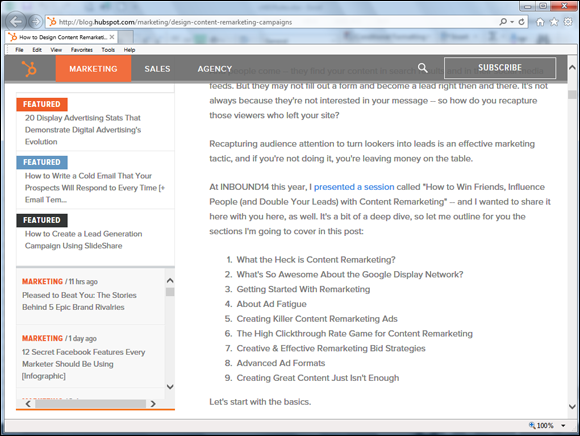
FIGURE 2-8: Numbered list example on the HubSpot blog.
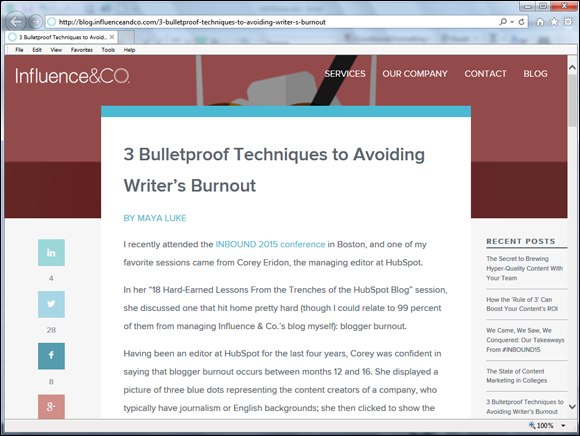
FIGURE 2-9: Type size and font color on the Influence & Co. blog.
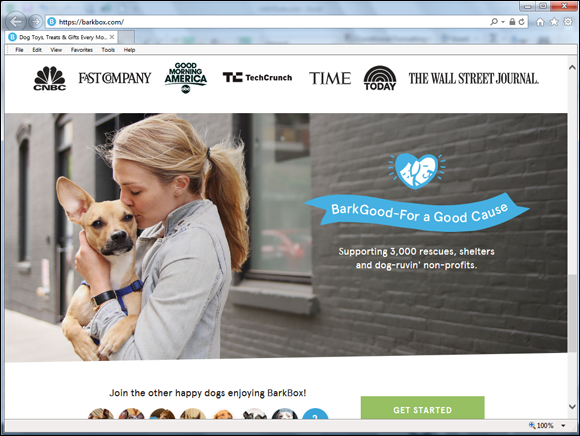
FIGURE 2-10: Visuals on the BarkBox blog.
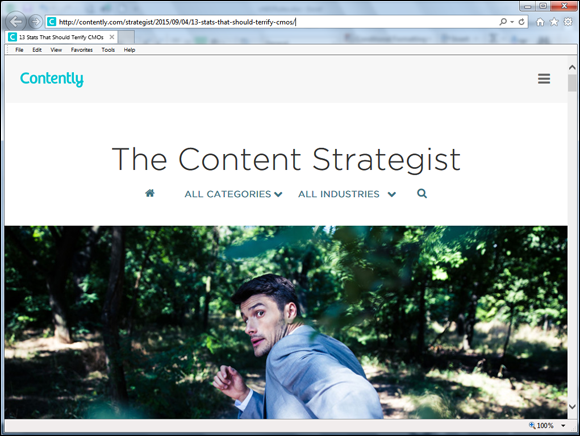
FIGURE 2-11: White space on the Contently blog.
Deploying Interactive Content
Before moving on from the topic of attention, you need to think aout how to develop your interactive content. It’s a content type that can really grab your prospects’ attention. This content type is popular because it’s easy to create with some tools. It’s popular with customers because you don’t have to require an email address.
Some examples of this type of content are
- Interactive infographics
- Quizzes and assessments
- Interactive whitepapers
- Advanced calculators
- Polls
- Interactive videos
- Interactive shopping catalogs
You gain several benefits from using this type of content, but two key points are
- Higher potential to develop a long-term customer: When prospects make an investment in your content by answering questions or providing their own content, this content becomes their asset. They may return to your site often and possibly purchase something.
- Knowledge about your audience: When prospects answer questions, fill in a quiz, or take an assessment, they’re providing information about themselves. This information is given to you freely, so they don’t feel coerced.
Several companies can help you create this type of interactive content. Here are some examples:
- Ceros (
http://ceros.com; see Figure 2-12): This company’s platform helps you create interactives for formats including infographics, lookbooks (a collection of photos showing different aspects of something), and microsites. - SnapApp (
http://snapapp.com; see Figure 2-13): SnapApp helps you create ten different types of interactive content, including contests, quizzes, and infographics. - Ion Interactive (
http://www.ioninteractive.com; see Figure 2-14): This company specifically targets content marketers and provides support or services to create interactive content.
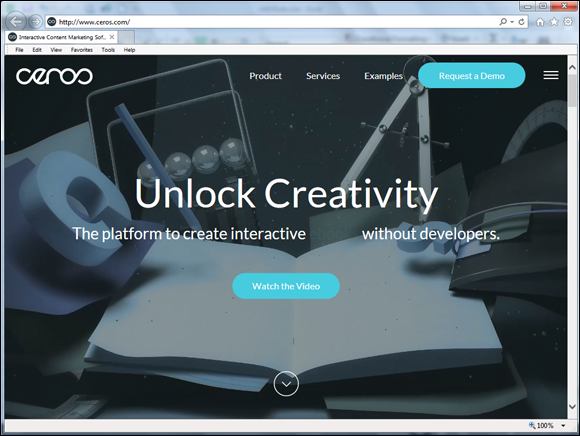
FIGURE 2-12: Ceros.
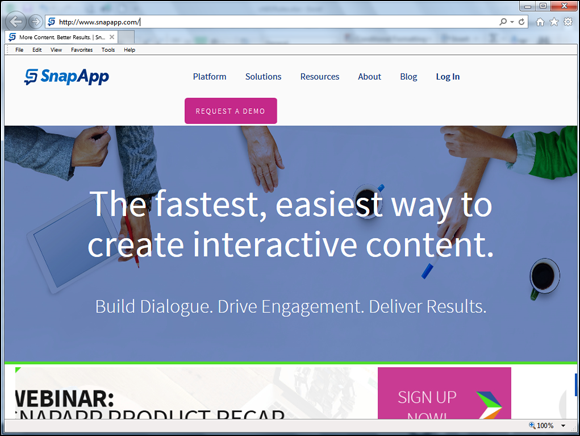
FIGURE 2-13: SnapApp.
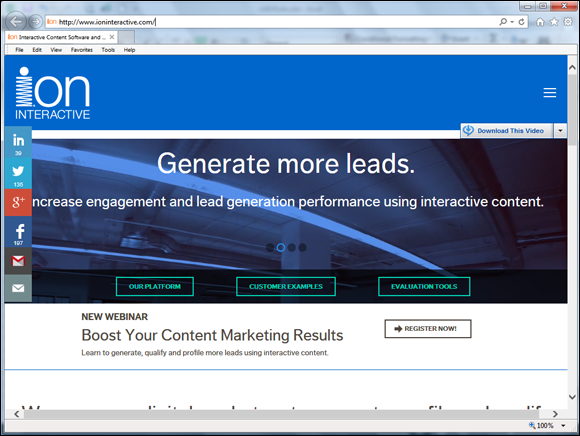
FIGURE 2-14: Ion Interactive.